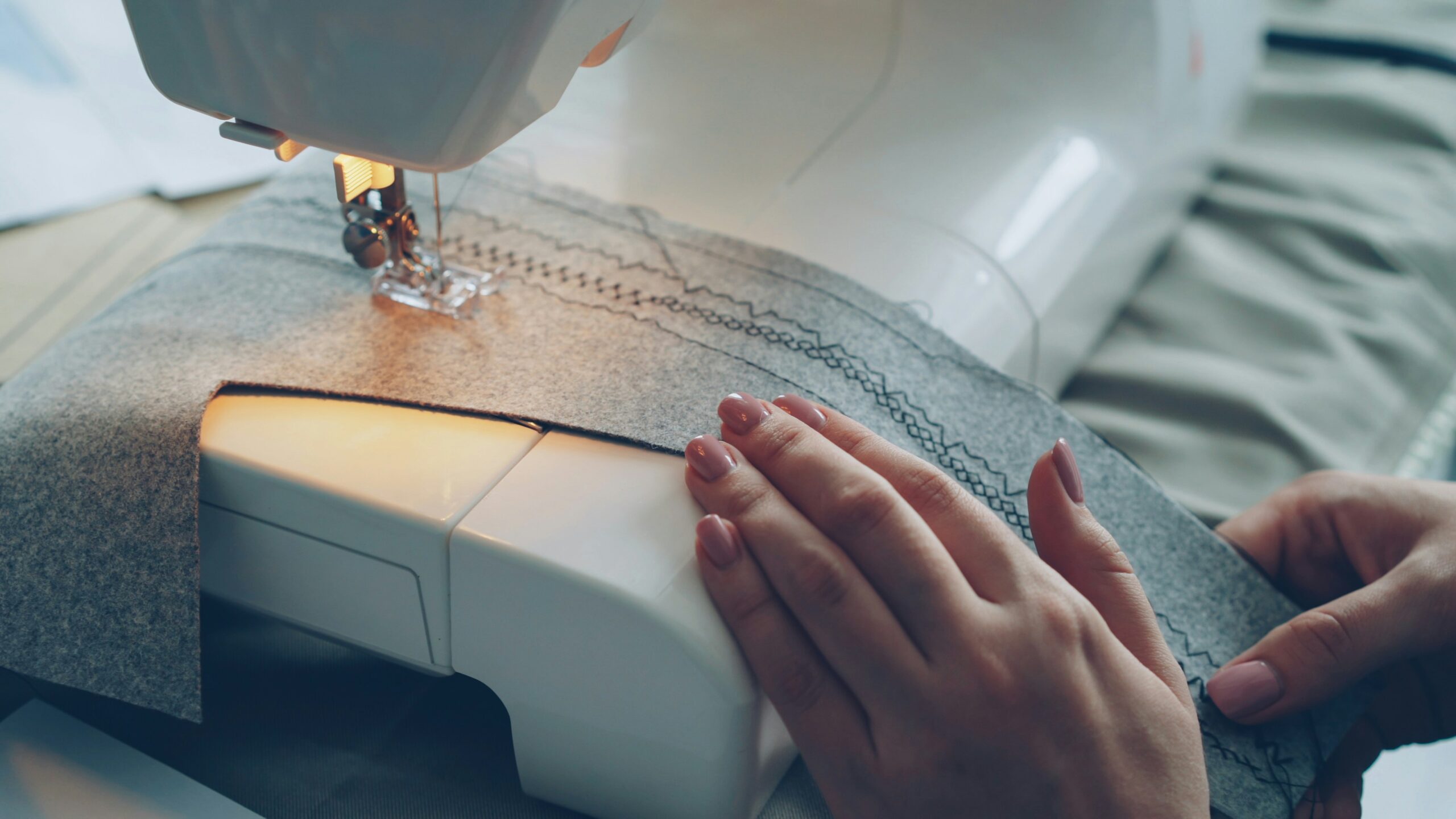CNC fabrication is about turning your ideas into real, precise objects. Whether you’re imagining a piece of furniture, a prototype, or an architectural feature, CNC machines can shape materials with incredible accuracy.
Many people are curious about how it all works, and once you understand the basics, it’s less intimidating than you think. Keep reading to learn the essentials that’ll help you see why CNC fabrication could be the tool that makes your creative ideas possible.
Understanding What CNC Fabrication Means
CNC stands for Computer Numerical Control, and it’s the process of using a computer to control machines like routers, mills, or lathes. Instead of shaping materials by hand, the machine follows precise instructions created in software.
This means you don’t need years of hands-on crafting skills to produce something accurate. By working with experienced CNC fabrication services, you’ll have access to advanced machines that can handle wood, metal, and plastics with equal reliability.
How Digital Designs Become Physical Creations
One of the main appeals of CNC fabrication is how designs move from screen to reality. You start with a drawing in CAD software, and then it’s translated into machine code. The machine reads this code and cuts or carves the material exactly as designed.
This accuracy is why it’s widely used across industries, from manufacturing to architecture. Whether it’s a single prototype or a batch of identical pieces, the digital process ensures consistency you can rely on.
The Role Of Materials In CNC Fabrication
The material you choose makes a big difference to the outcome. Wood is often used for furniture and decorative items, while aluminium and steel are common in engineering projects. Plastics like acrylic and polycarbonate are popular for signage or product displays.
What makes CNC fabrication effective is its ability to adjust to each material’s strengths and weaknesses. Machines are calibrated to suit the density and texture, meaning you’ll always achieve results that match the demands of your project.
Why Precision And Repetition Matter
One of the biggest advantages of CNC is repeatability. Once a design is programmed, the machine can produce identical copies without variation. For businesses, this level of precision saves time and reduces waste.
If you were crafting by hand, even the smallest mistake could set you back. With CNC, the process is guided by exact code, so every piece comes out the same. For industries like aerospace, automotive, and medical equipment, this reliability isn’t just helpful, but also essential.
Safety And Training For Beginners
Although CNC machines do the heavy lifting, you’ll still need to understand how to set them up safely. Proper training ensures you know how to clamp materials, monitor operations, and maintain the equipment.
Vocational courses and workshops often introduce beginners to CNC basics. By learning step by step, you’ll reduce risks and gain the confidence to handle projects on your own. Safety doesn’t slow you down. It gives you the foundation to work more effectively.
Wrapping Up
CNC fabrication brings together design, precision, and technology in a way that makes creating easier for everyone. Once you’ve understood the basics, including what it means, how designs are made, how materials behave, why precision matters, and the importance of safety, you’ll see it’s not as complicated as it first appears.
Whether you’re exploring it as a beginner or considering CNC fabrication services for your business, the skills you pick up now could help shape ideas into solid, professional results.

